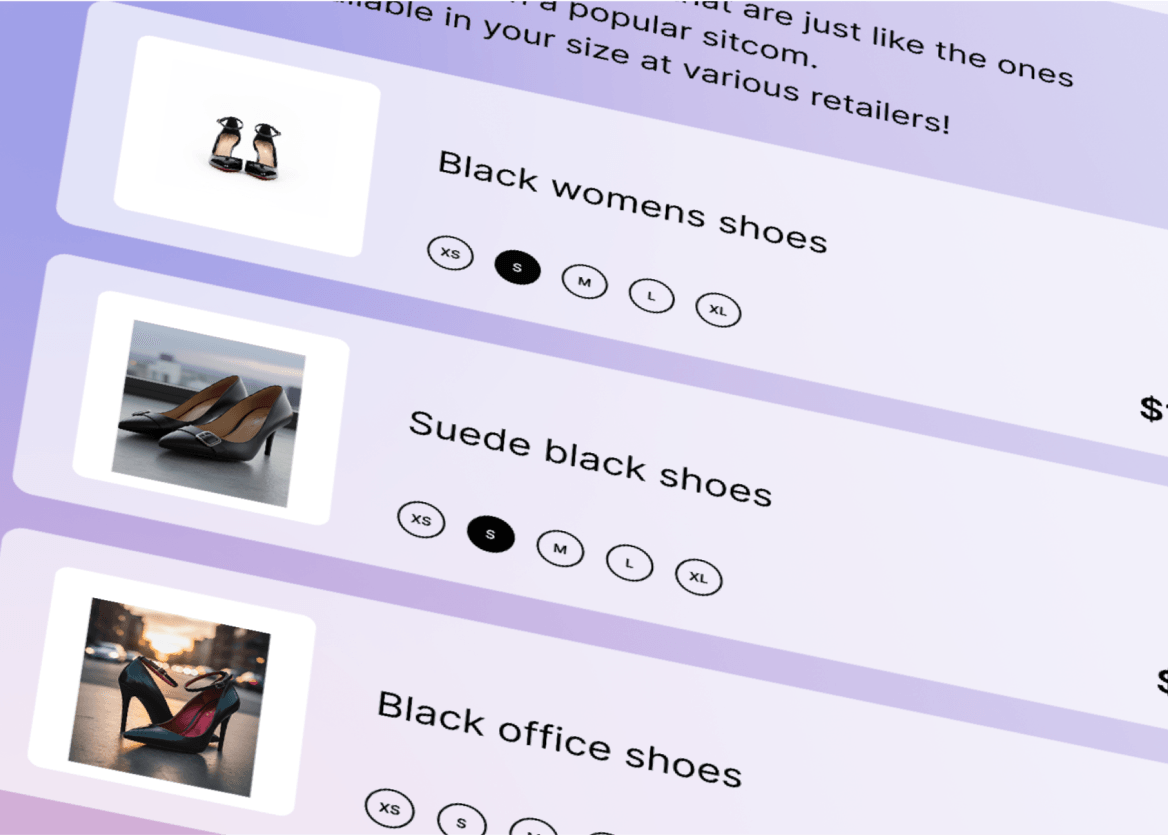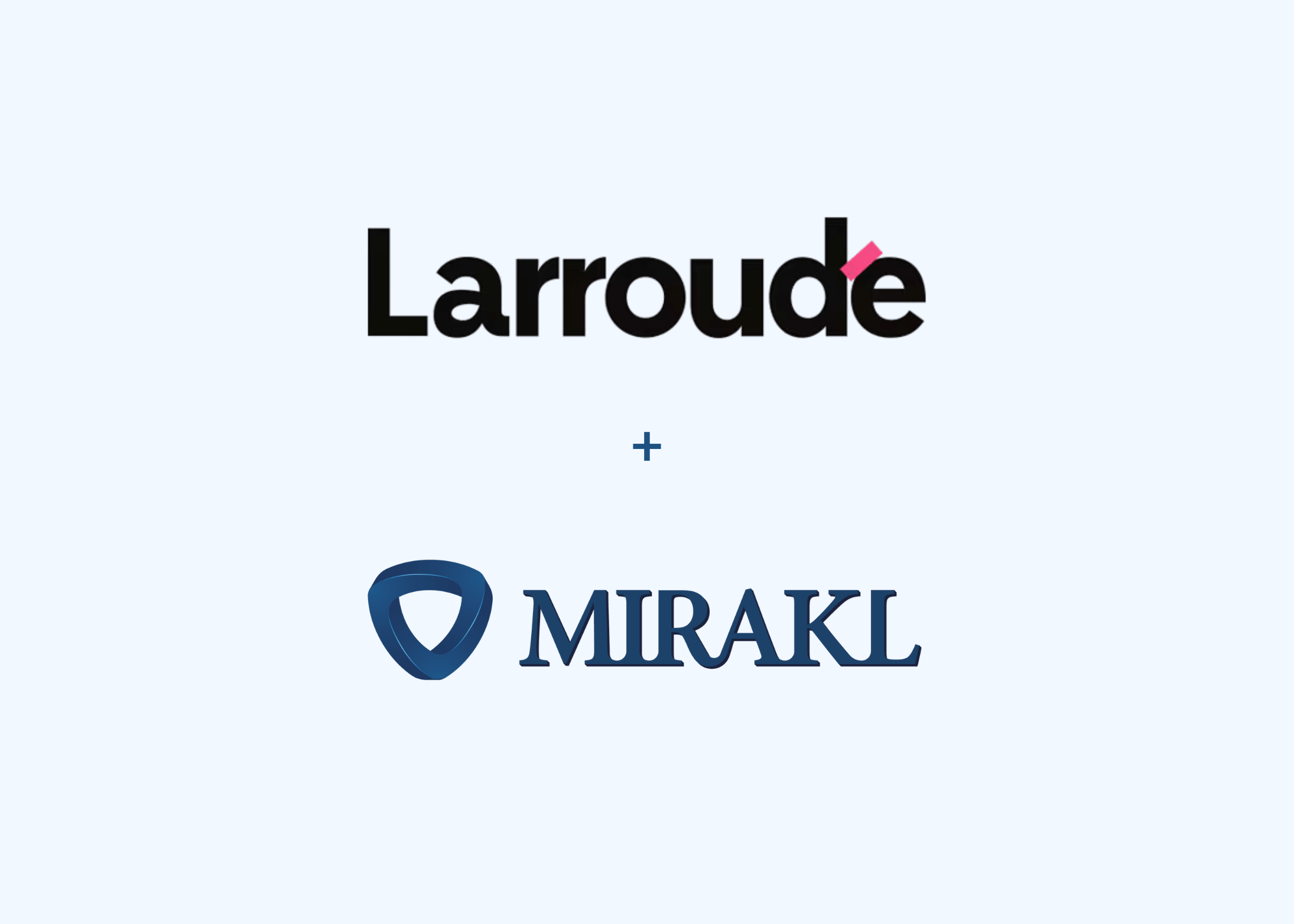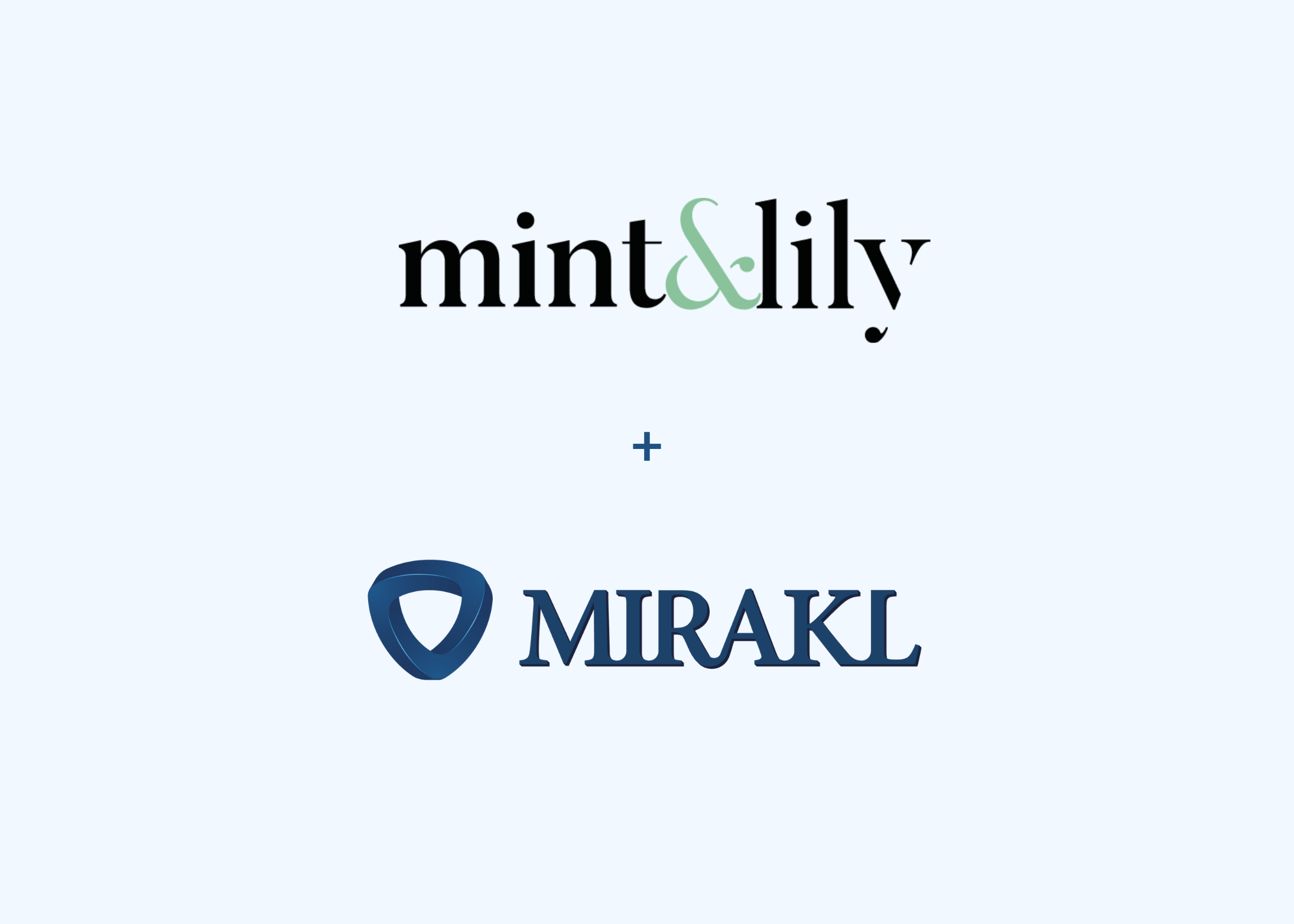Why your brand's product data will make or break your business in the age of AI agents

The era of consumers manually searching, comparing and purchasing products themselves is rapidly ending.
AI agents are already transforming the shopping journey by handling the research phase and presenting pre-filtered recommendations to buyers.
This transformation is no longer theoretical. In September 2025, OpenAI launched Agentic Checkout inside ChatGPT, allowing users to search, compare and instantly purchase products from integrated sellers — all within a conversational flow.
But here's the fundamental challenge that's catching most brands off guard: AI agents don't research products like humans.
They don't respond to attractive product pages, clever marketing copy or flashy banners during their research phase.
Instead, they conduct lightning-fast product discovery and comparison based entirely on structured, machine-readable data.
When an AI agent researches "wireless noise-canceling headphones for commuting", it's not scanning for SEO keywords, it's seeking comprehensive product specifications, usage scenarios and clear problem-solution mapping to create a shortlist of the best options for buyers to review and choose.
To support this transformation, major players in the retail space are already building the foundation of agentic commerce.
PayPal's Agentic Toolkit, Visa's Intelligent Commerce and Mastercard's Agent Pay represent billions of dollars in infrastructure investment, enabling AI agents to execute approved purchases seamlessly once products have been researched and options presented to buyers.
Amazon's "Buy for Me" feature allows AI agents to research and recommend products from third-party websites, with customers making the final purchase decision within the Amazon ecosystem. This brings the research-to-purchase cycle out of theory and into reality.
While brands focus on optimizing their websites for human shoppers, these AI agents can only recommend what they can understand — and most businesses' product data falls short of what the agentic era demands.
The data quality crisis hurting brands’ growth
Poor product data isn't just an operational headache anymore — it's becoming a critical barrier to your brand's visibility in the discovery phase.
Research shows brands lose an average of $15 million annually due to poor data quality — and as AI agents take over product discovery and pre-selection, these costs will skyrocket.
In an agentic environment, products without structured data become invisible during the crucial research phase — meaning they will never make it to the decision-maker's consideration set.
Agents naturally favor comprehensive, standardized information when building their recommendation lists, creating a competitive disadvantage where poor data quality eliminates you before buyers even see your products.
Prompt: "I need a wireless noise-canceling headphone for my daily commute on very noisy subway trains. Budget around $300, must have good battery life and be comfortable to wear."
Loading...
The result: When the AI agent processes the customer's specific requirements (commute, subway noise, comfort and battery life), brand B's structured, intent-focused data allows for perfect matching, while Brand A's generic marketing language provides no clear connection to the customer's actual needs.
Your next move determines your market position
In the agentic commerce era, brands will need to do more than just provide high-quality products if they want to win.
Brands that thrive will be those with excellent products and detailed product data that enables AI agents to understand, compare and confidently recommend their offerings to buyers.
Just as SEO became essential for search visibility, generative engine optimization (GEO) is now becoming critical for AI agent discovery and recommendation.
That means your next move is critical to determining whether or not you’re one of the winners or losers of this new era. To ensure your next step is sound, consider this roadmap to agentic commerce readiness:
Audit and optimize your product data: Conduct comprehensive audits of product information completeness and accuracy to ensure AI discoverability, while reducing return rates by guaranteeing customers expectations are met.
Structure your data for AI agent consumption: Transform your product descriptions from marketing-focused copy to specification-rich, intent-based information that clearly maps product features to customer use cases and search scenarios.
Align your product data across all channels: Implement standardized categorization systems and establish real-time data synchronization, using tools like Catalog Transformer, to ensure information around pricing, promotions and availability remain consistent across every channel, maintaining customer trust and preventing AI agents from excluding your products due to discrepancies.
Expand marketplace presence strategically: Increase your discoverability by selling across multiple marketplaces where AI agents search for products, using solutions like Mirakl Connect Channel Manager, to efficiently manage listings and maximize your chances of appearing in AI-powered searches.
The competitive advantage of the future
Brands that recognize data quality as their new competitive advantage and act immediately will dominate the first wave of agentic commerce, like AI-driven commerce research and recommendation systems.
As AI agents become more sophisticated in their research capabilities, they'll naturally favor brands with superior data quality and accessibility when building recommendation lists for buyers.
This creates a virtuous cycle where better data leads to more agent recommendations, leading to more buyer consideration, higher conversion rates and business growth.
Investing early in agent-friendly infrastructure enables your products to consistently appear in AI-curated shortlists, an advantage that compounds over time and becomes increasingly difficult for competitors to replicate.
Mirakl Connect empowers sellers to manage and sell across multiple channels with confidence, while our AI-powered Catalog Transformer ensures your product data perfectly fits each channel's taxonomy.
Contact us now to start optimizing your product data today before your competition does.



